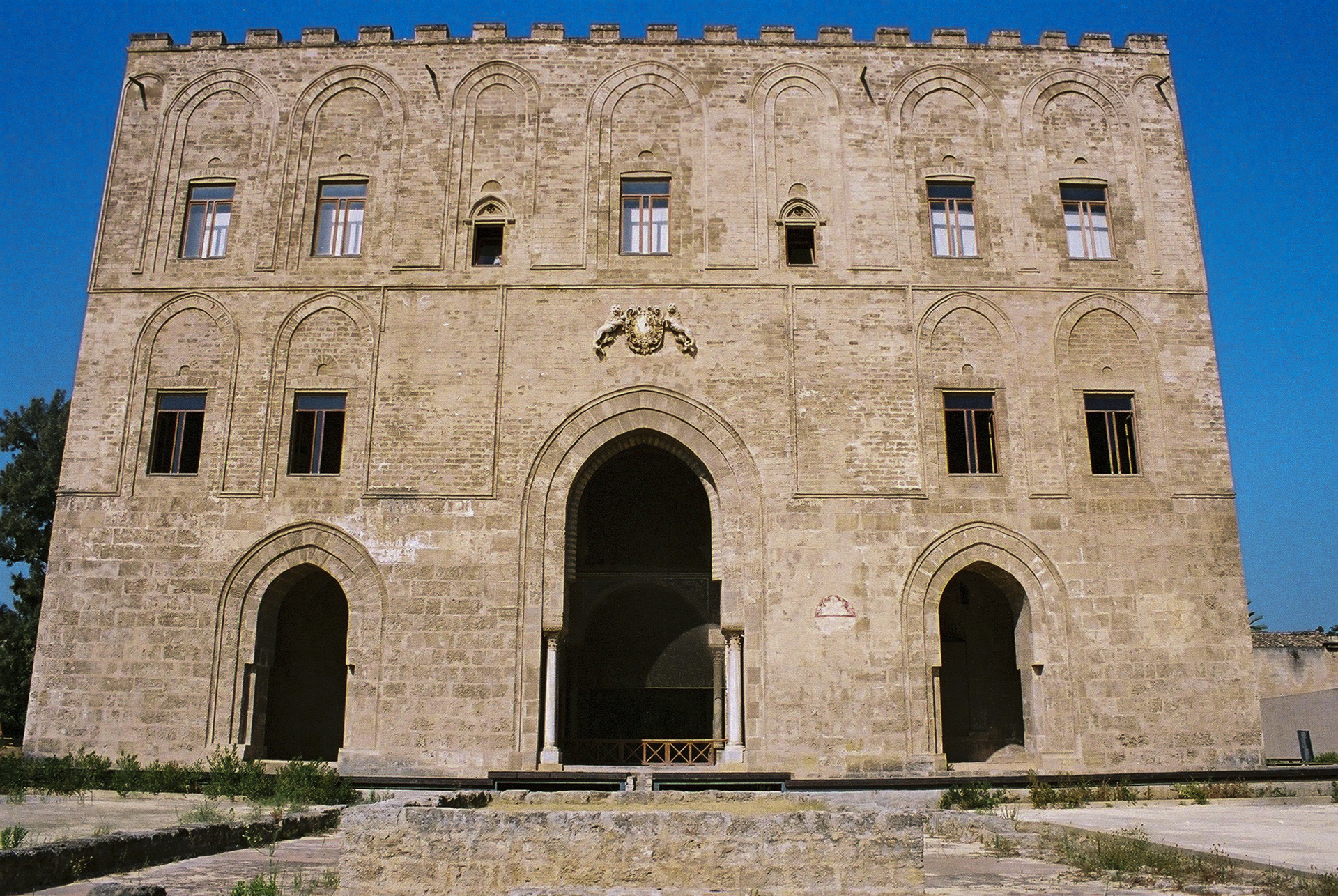Studies began in 1972 and made it possible to carry out a precise survey of the entire building in order to assess its consistency and reliability in relation to the restoration techniques that had been proposed at the time. Construction began in the mid-1970s and, with a series of ups and downs, the work lasted about 15 years.
The collapse and previous unsuitable interventions unfortunately caused the loss of documents essential for understanding the history of the building. Until then, it had only undergone transformations, according to the customs of the time, starting in the 17th century, with juxtapositions or superimpositions that in some way altered its consistency, layout and original image. The collapsed wing had inflicted a serious wound on the building, jeopardising the stability of the entire complex. The reconstruction followed philological criteria for the recovery of structures and spaces based on the design and composition of the surviving wing of the palace.
Mixed structures with
tuffaceous stone
were used as materials, recovered as much as possible from the original elements that survived the collapse, integrating the reconstructed part with pressed bricks and concrete vaults. The work was carried out in accordance with the restoration culture of the time, which favoured differentiating the materials and colours of the structure, an aspect considered decisive in order to avoid creating situations of interpretative confusion between the original part and the part to be restored. The most important technique used to ensure the solidity of the building, also considering the recent seismic event, was internal masonry tensioning.
 A vertical and horizontal grid was thus created, with a series of steel bars, plated on the end curb of the construction, which perforated the entire length of the masonry and were then anchored to the ground with a coupling bulb. The horizontal strengthening was carried out in a similar way, with regular grids of tie rods secured with plates at the ends.
A vertical and horizontal grid was thus created, with a series of steel bars, plated on the end curb of the construction, which perforated the entire length of the masonry and were then anchored to the ground with a coupling bulb. The horizontal strengthening was carried out in a similar way, with regular grids of tie rods secured with plates at the ends.
The reconstruction made it possible to recover the original volume and architectural style of the Zisa façades, which had already been affected by Baroque and 19th-century alterations to enlarge the façade and build balconies. The interior had also been altered by the creation of unsuitable vertical connections, the presence false ceilings in some rooms, the concealment of the
original vaults
and the subdivision of rooms to create flats, as well as, other changes that, until then, had prevented an organic reading of the Zisa Palace system.